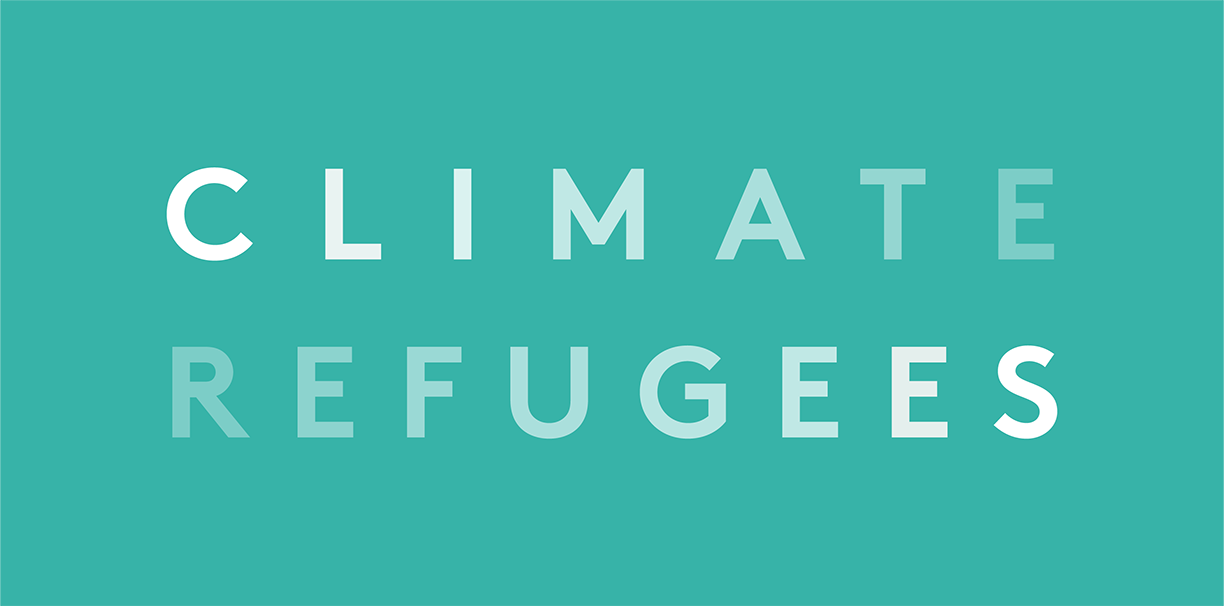Across the world, the people who contribute the least to climate change are suffering the most from its consequences. Drought, rising sea levels, and the conflicts that arise partially out of these and other environmental crises are pushing people out of their homes and into unsure and unstable situations. In many areas, refugees and the communities that they have been pushed into are finding sustainable solutions to help them survive. While there is much debate in the west about how, when, or even if we switch to renewables, those that are suffering the consequences of our inaction have been left with no choice but to adapt to survive.
Eighty-five percent of the world's refugees are hosted by the world’s poorest countries. More often than not when they escape from a dire situation, they find refuge in a place with fewer resources than where they fled. Because of this, it largely falls on the refugees themselves to sustainably develop their communities. In many places, despite the hardships, they are doing just that.
The low-lying country of Bangladesh is one of the most vulnerable in the world to climate change, contributing only 0.56% of CO2 emissions globally and still pledging to decrease that contribution. As sea levels rise, as many as one in every seven are at risk of displacement. Bangladesh already has a large number of internal climate migrants, and while the exact numbers are hard to come by, the evidence for the population shift is clear.
The town of Mongla has seen a large influx of migrants coming from the coasts, and while it too is on a river, it already has a more resilient infrastructure and a more adaptable economy than the remote villages that are being hit the hardest. The displaced individuals have largely been a success story in Mongla as they have found jobs in manufacturing and other industries related to the town's bustling river port. Because of Mongla, the Bangladeshi government has invested millions of dollars in over a dozen other coastal towns that they believe could host the populations forced to relocate. The government and all involved can see, given the alternative of forced displacements to already packed Dhaka neighborhoods, relocating people in safety and dignity is not only the more economical option, It is the right and moral option.
In Oullam, a town in Niger where refugees from Mali and other areas of Niger have resettled, there is a thriving garden in the middle of the harsh desert. 450 women from different places around the region have created a sustainable garden that feeds their families and provides an income. The market garden, originally set up by the UN, has given women in one of the most affected regions in the world by climate change and conflict the chance to learn advanced gardening techniques such as drip irrigation to preserve water. As well as the gardens, over 200 refugees, internally displaced people, and locals work in Oullam making stabilized soil bricks which will be used to build houses for everyone in the community. These sustainability efforts have made an already established community more resilient and have allowed for the smooth introduction of a large group of refugees into a place where they were initially not welcome.
Not all in Niger have such access however. A few years ago we spoke to Nigerian refugee women living in Niger who had fled conflict and climate change conditions in the Lake Chad Basin. In this video, listen to one refugee woman explain why the international community needs to better support women’s livelihood and empowerment programming with business and social entrepreneurship opportunities.
We often hear about the steps that big governments or major companies are or aren’t taking towards sustainability, but rarely do we hear about steps taken by affected communities. There has been a strong emphasis on elevating the stories of marginalized communities in the United States in the last few years, and climate refugees should be included in that group. It is encouraging to see the stories about Mongla and Oullam in a number of major publications, but there needs to be more. Elevating stories about refugees is important but elevating the stories of refugees should be the top priority.


